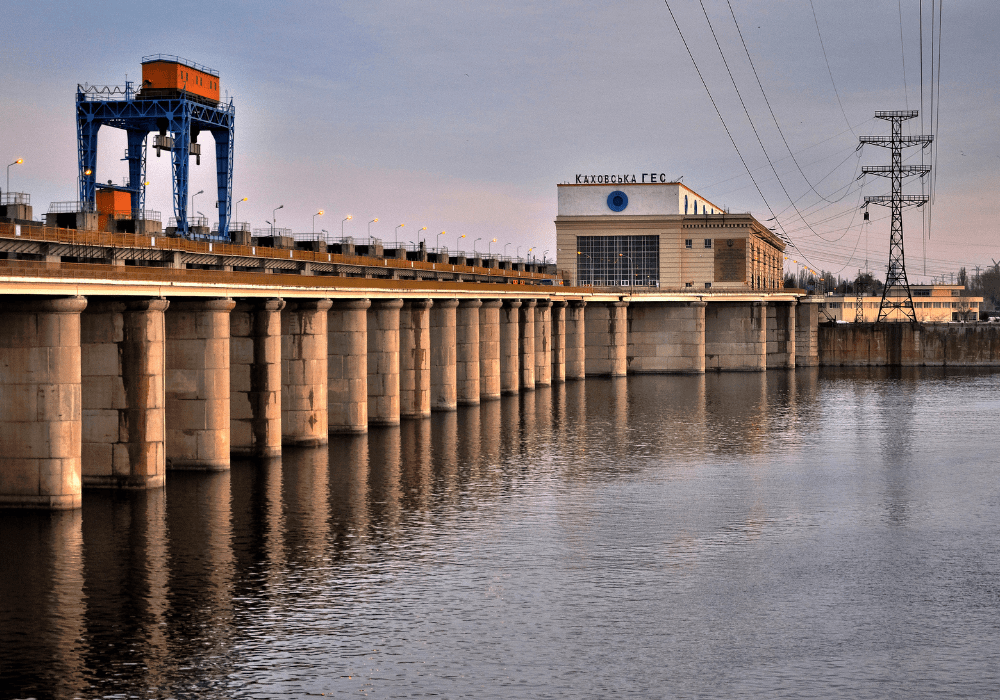
Amidst war time tensions between Ukraine and Russia, a structural disaster that neither country will accept accountability for is the latest development in the ongoing conflict. On June 6th, 2023, the Kakhovka dam was destroyed, evolving into an environmental crisis and posing a public health risk for the Ukrainian population.
The Kakhovka dam, located on the Dnieper River in Kherson Oblast, is responsible for containing Ukraine’s largest body of water. With Ukraine in control of the western bank and Russia of the eastern bank, the dam stretches into both territories. The cause in the collapse of the Kakhovka dam is still unknown, though speculations indicate it was not an environmental accident.
The Ukrainian government places fault on Russia, as the Moscow forces have maintained ownership of Western Ukraine since the commencement of the war. Ukrainians believe this strike was premeditated, causing an emergency halt in the use of the Zaporizhzhia Nuclear Power Plant, which requires the river to function. Russia claims the disaster is an inside job through airstrikes ordered by Kyiv.
Regardless of motive, the catastrophe has displaced thousands of Ukrainians through flooding surrounding areas. The total death toll has since risen to 52, with Russian officials reporting 35 casualties on the eastern bank and the Ukraine interior ministry recording 17 deaths and 31 missing under their purview.
Access to clean drinking water and the fear of contaminants in the water supply are some of the greatest risks facing Ukraine, as well as disturbance to wildlife. The public health disaster has exacerbated ongoing issues in the livelihood of the Ukrainian people, adding yet another threat to health and safety.
by Maya Yorks
